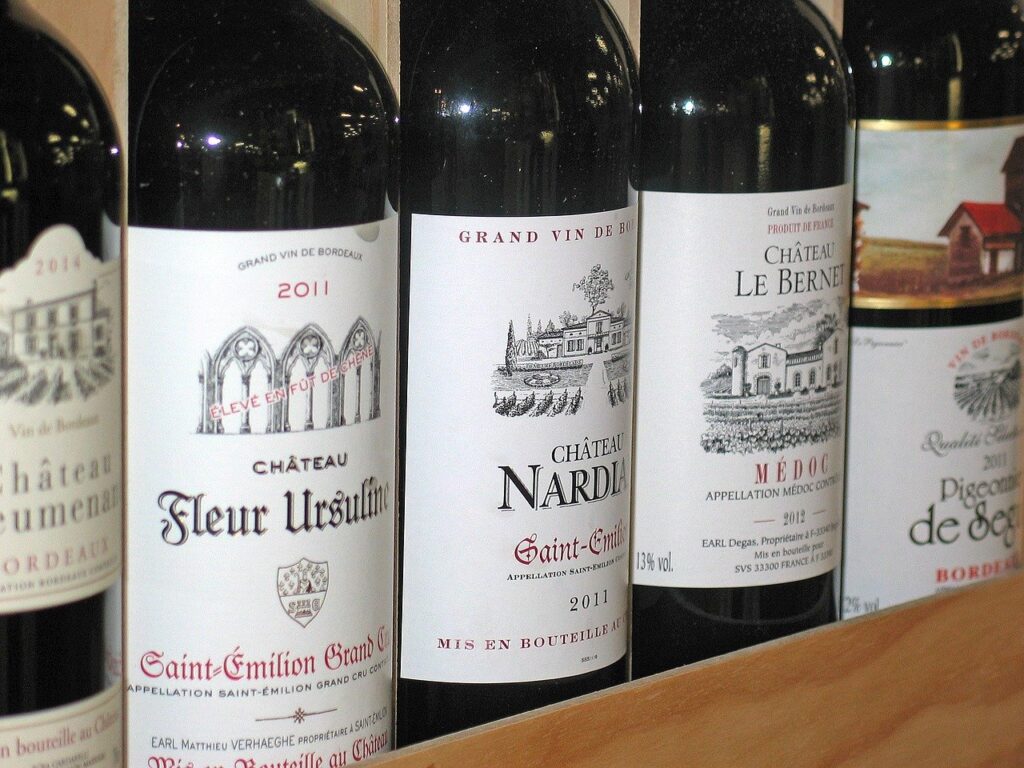The advantages and disadvantages of making AOC wine
AOC, Appellation d'Origine Contrôlée, is a French label guaranteeing the geographical origin and quality of wines. Making AOC wine has many advantages, such as enhancing the value of the terroir and ensuring a quality product. However, it can also entail strict constraints in terms of production methods and authorized grape varieties. A thorough analysis of the advantages and disadvantages is therefore necessary for wine producers.
5 must-know white grape varieties (chardonnay, sauvignon blanc, riesling, chenin, viognier)
[arve url="https://www.youtube.com/embed/b8bW_mgF0EY "/]
What was the main reason for creating the AOC?
One of the main reasons for creating the AOC (Appellation d'Origine Contrôlée) is to guarantee and protect the origin, quality and specific characteristics of agricultural or food products. This designation assures consumers that products bearing this label come from a specific geographical region, are produced according to traditional know-how and comply with precise specifications.
The AOC aims to preserve and enhance France's culinary heritage, by protecting regional terroirs and traditions. It also promotes the work of local producers and encourages economic development in the areas concerned.
The AOC also plays an important role in combating counterfeiting and protecting appellations of origin. It helps to prevent unfair competition and preserve the authenticity of labelled products.
In short, the AOC was created to guarantee the origin, quality and typical character of French agricultural and food products, as well as to promote the know-how of local producers and preserve the country's gastronomic heritage.
What is AOC wine?
AOC is the abbreviation of "Appellation d'Origine Contrôlée" in French, which means "controlled designation of origin" in Spanish. It is a legal label used in France to guarantee the geographical origin and quality of agricultural or food products. In the case of wine, a AOC wine designates a wine that has been produced in a specific region in compliance with strict rules on grape provenance, grape varieties used, winemaking techniques and so on. This appellation indicates that the wine has been produced according to established quality standards and is representative of its terroir of origin.
What's the difference between AOC and AOP?
AOC (Appellation d'Origine Contrôlée) and PDO (Appellation d'Origine Protégée) are both quality labels awarded to French agricultural products to guarantee their specific geographical origin and production method.
The main difference between the two lies in the level of protection afforded to the product. The AOC is the older of the two labels and offers national protection. It guarantees that the product has been produced to precise specifications in a given geographical area, conferring a certain notoriety and reputation on the producing region.
The PDO is a European label offering protection throughout the European Union. It uses the same criteria of quality and geographical origin as the AOC, but offers broader European recognition.
In short, AOC is a French national label, while PDO is a European label that also guarantees the origin and quality of the product.
Why use AOP?
The use of AOP (Aspect-Oriented-Programming) in the context of a news site offers several important advantages.
First of all, AOP enables greater modularity* by separating the various functional aspects of an application, such as security, event logs, transactions and so on. This makes it easier to manage and modify each aspect independently, without having to touch the application's main code.
Secondly, *AOP improves code reusability* by providing a centralized approach to managing common functionality across different parts of the application. For example, if we want to add activity tracking functionality to our news site, we can simply create a dedicated AOP aspect and apply it to all relevant classes without having to modify their existing code.
What's more, *AOP enables better separation of concerns*, i.e. it makes it easier to distinguish between the specific business parts of the application and cross-functional aspects. This makes the code clearer and easier for developers to understand, which can lead to more efficient maintenance and increased scalability.
Finally, *AOP offers greater flexibility* when it comes to handling cross-cutting issues such as exception handling, validation error handling or data caching. Instead of spreading these functionalities throughout the code, they can be encapsulated in a separate AOP aspect and applied selectively to different parts of the application, offering greater adaptability to the specific needs of the news site.
In conclusion, the use of AOP in a news site brings significant advantages in terms of modularity, reusability, separation of concerns and flexibility. This improves code quality, facilitates maintenance and makes it easier to meet the evolving needs of the application.
In conclusion, AOC wine production has both advantages and disadvantages. On the one hand, the AOC label guarantees the quality and authenticity of the wine, which is a real asset for producers, consumers and the local economy. What's more, it preserves regional winegrowing traditions and promotes the specific characteristics of each terroir.
HoweverHowever, there are also a number of disadvantages associated with the AOC appellation. Firstly, the constraints associated with the specifications can be restrictive for producers, limiting their freedom to create and innovate. In addition, the labeling process can be long and costly, which can discourage many winegrowers. Finally, it can also lead to a certain standardization of wines, with a reduction in diversity and creativity.
All in allIt is important to strike a balance between the recognition of quality and the preservation of diversity in wine production. The AOC remains a guarantee of confidence for consumers, but it is essential to continue to support and promote winegrowers who choose to explore new avenues while respecting the specific characteristics of their terroir.








